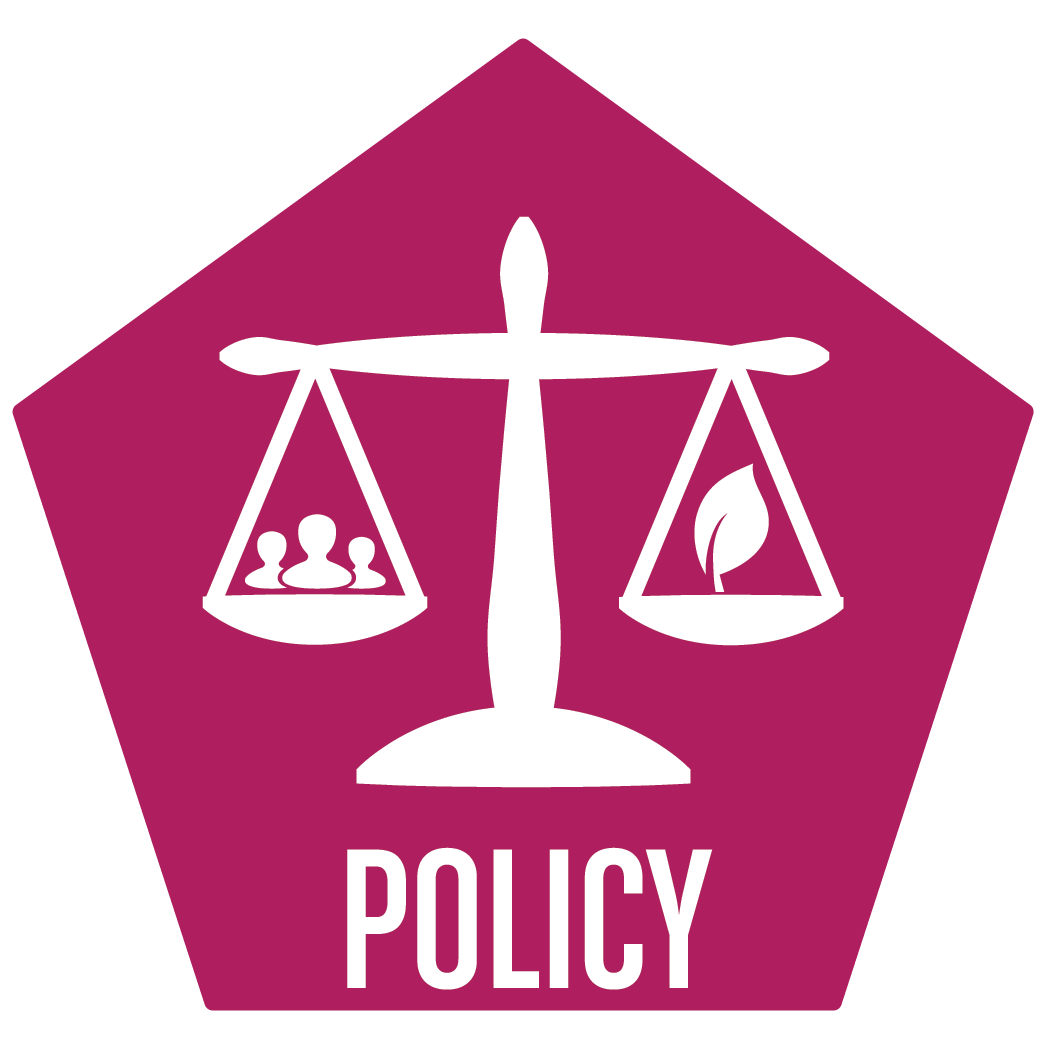9.1 Create and support a Water Quality Consortium to address impaired waters
Key Message: Continued water quality declines in local water bodies, especially in Sarasota County’s southern bays, are likely to be exacerbated by increasing development pressure. The potential for regulatory remedies reinforces the urgent need for a broad-based, regional consortium to examine water quality trends and implement timely solutions.
Importance
Despite dramatic improvements over the last 30 years, water quality impairments persist throughout the area. Some indicators suggest declining water quality in the southern bays of Sarasota County, which experienced a disproportionate loss of seagrass in the 2018 assessment (Figure 9.1.1). Blackburn Bay, Dona Bay, Roberts Bay, and Lemon Bay are listed as “Impaired Waters” by the Florida Department of Environmental Protection (FDEP) due to nitrogen pollution exceeding state standards. FDEP will next review the status of these bays beginning in 2020. There is an urgent need to convene a broad stakeholder group — a Water Quality Consortium — to discuss water quality trends and agree on immediate nutrient control strategies to mitigate and reverse impairments. As development continues, regional partnerships to monitor, evaluate, and respond to water quality threats are needed more than ever.
Figure 9.1.1 Seagrass gains and losses compared to 1988 acreage for all of Sarasota’s Bays from 1988 to 2018. Source: Southwest Florida Water Management District
Overview
The Sarasota County community has achieved many water quality successes. Considerable capital investment in wastewater and stormwater treatment infrastructure has reduced nitrogen loading to its bays by 64% since 1989 (SBEP 2014). These gains were achieved over decades by converting septic systems to central sewer service and consolidating small private wastewater treatment plants (see Chapter 2); eliminating direct wastewater discharge to the bays (see Chapter 1), and treating stormwater with regional systems and innovative onsite techniques (see Chapter 6).
This work has been carried out under the regulatory guidance of the federal Clean Water Act (CWA) cooperatively administered by FDEP and the U.S. Environmental Protection Agency (EPA). Under the CWA, FDEP classifies waters by degree of highest designated beneficial use, including Class I for drinking water, Class II for shellfish harvest, and Class III for fishing, recreation, and support of healthy fish and wildlife. Most of Florida and all local bay waters are designated Class III, except for a large part of Big Sarasota Bay designated Class II. In addition, FDEP designates water bodies worthy of special protections where any new activities that would lower water quality are restricted. The Sarasota Bay Estuarine System from Sarasota Bay to Lemon Bay is designated as Outstanding Florida Waters.
Water quality of local bays is evaluated according to EPA-approved and State-adopted numeric nutrient criteria (NNC) for total nitrogen, total phosphorus, and chlorophyll-a. The NNCs represent the maximum thresholds for nutrient pollution to support the designated water body use and protect aquatic life and human health. Water bodies that do not meet water quality standards are verified and listed as “impaired” for particular pollutants of concern, such as nutrients, bacteria, or metals. Sarasota County’s natural lakes, tidal creeks, and bays collectively have 3 FDEP verified impairments, mostly in tidal creeks and mostly for bacteria. Blackburn Bay, Dona Bay, Roberts Bay, and Lemon Bay are listed as impaired for nutrients, as well as segments of Whitaker Bayou, Phillippi Creek, North Creek, Eligraw Bayou, Curry Creek, Forked Creek, and Myakka River.
Table 9.1.2. Sarasota County waterbodies verified impaired by FDEP for nutrient pollution. Source: FDEP 2018
FDEP prioritizes impaired waters for Total Maximum Daily Load (TMDL) development. TMDLs represent the maximum amount of a pollutant a water body can assimilate from all sources and still meet water quality standards. TMDLs allocate “allowable” pollutant loads from particular sources of pollution discharging into water bodies. Once the TMDL is established, specific activities to eliminate “non-allowable” pollutant loads must be implemented.
FDEP encourages local stakeholders to develop timely plans to restore impaired waters. Early implementation of restoration activities is more cost effective, and may allow FDEP to forgo certain regulatory steps, focusing limited local and state resources directly on measures to improve water quality. Local stakeholders essentially have three options when a water body does not meet state standards.
- Option 1 – Develop a TMDL and Basin Management Action Plan (BMAP) to address water quality impairments. BMAPs are enforceable and comprehensive cleanup plans required by FDEP and prepared by stakeholders to ensure a water body meets its TMDL.
- Option 2 – Develop a Category 4B Plan, also known as a Reasonable Assurance Plan (RAP). This voluntary stakeholder-led effort provides reasonable assurance that selected actions will result in attainment of water quality standards. Establishment of a TMDL is unnecessary with a RAP.
- Option 3 – Develop a Category 4E Plan. This is a stakeholder-controlled effort similar to a RAP but may result in a TMDL if progress toward restoration is not demonstrated within a specified time frame.
Water quality in local bays is stable or declining over recent years concurrent with heavy rainfall and intense land development in the watersheds (Sarasota County Water Atlas 2019). Most bay segments exceed chlorophyll-a standards (a sign of excess nutrients), and trends show increasing nitrogen concentrations. Some indicators suggest greater water quality declines in the southern bays, where a 2018 assessment showed a disproportionate loss of seagrass. FDEP has not yet prioritized TMDL development for Sarasota’s bays, but will reevaluate local impaired waters beginning in 2020. Southern bays in Sarasota County may be designated as impaired for chlorophyll-a, a measure of algae and indicator of excess nutrients.
Seagrass requires sunlight to penetrate through the water for photosynthesis. Nutrient pollution feeds microscopic algae that cloud the water and block sunlight. Source: Tampa Bay Estuary Program
Approach
In anticipation of possible regulatory action, the Sarasota Bay Estuary Program (SBEP) will convene a broad-based Water Quality Consortium of stakeholders to create a local strategy for impaired bay waters. The Consortium will consider water quality standards and identify holistic strategies for reducing nutrients and building community capacity as part of a comprehensive improvement plan.
Task List for the Water Quality Consortium
- Reevaluate water quality indicators and targets.
- Reevaluate and update the pollutant load model with new data from groundwater, reclaimed water, and atmospheric deposition.
- Identify nutrient loading limits.
- Identify nutrient load reduction projects to achieve loading limits.
- Organize and motivate a broad community coalition to action.
Strategies and projects could include those identified in this Playbook; SBEP’s Comprehensive Conservation and Management Plan (CCMP, in prep. 2020); Coastal and Heartland National Estuary Partnership’s CCMP (2019); and Sarasota County watershed plans (JEA 2010, 2012a, 2012b), including the updated Sarasota Bay Watershed Plan (in prep. 2020). Strategies could be cross walked and incorporated across local strategic plans (see Chapter 9.2). This process could lead to a voluntary RAP acceptable to FDEP.
Nutrient reduction should be tracked by project and water body in a publicly accessible database, such as the Sarasota County Stormwater Utility’s Projects Catalogue hosted on the Sarasota Water Atlas (see Chapter 9.4).
Watershed improvement projects designed to reduce nutrient pollution. Source: Sarasota Water Atlas
Resources
- Projects Catalog for tracking nutrient removal
http://www.sarasota.wateratlas.usf.edu/projects-catalog/ - Bay Conditions Overview
https://www.sarasota.wateratlas.usf.edu/bay-conditions/
Status
Implementation
Performance Measure
- Formation of the Water Quality Consortium
- Adoption of specific strategy for nutrient reduction with funded projects
Experts or Leads
SBEP
Cost Estimate
$100,000-$1,000,000
Related Activities
Other Coordination and Collaboration Activities
9.2 Coordinate strategic planning for water quality within and across agencies and organizations with local jurisdiction
[dipi_masonry_gallery images="405,894,447" columns="3" disabled_on="off|off|on" _builder_version="4.4.8" max_width="100%" max_width_tablet="50%" max_width_phone="65%" max_width_last_edited="on|desktop" module_alignment_tablet="center" module_alignment_phone="center"...
9.3 Inventory, develop, and coordinate grant funding
[dipi_masonry_gallery images="405,894,447" columns="3" disabled_on="off|off|on" _builder_version="4.4.8" max_width="100%" max_width_tablet="50%" max_width_phone="65%" max_width_last_edited="on|desktop" module_alignment_tablet="center" module_alignment_phone="center"...
9.4 Support a common publicly accessible website for data storage, visualization, and information sharing
[dipi_masonry_gallery images="405,896,447" columns="3" disabled_on="off|off|on" _builder_version="4.4.8" max_width="100%" max_width_tablet="50%" max_width_phone="65%" max_width_last_edited="on|desktop" module_alignment_tablet="center" module_alignment_phone="center"...
9.5 Increase professional capacity by supporting summits, workshops, trainings, tech transfer, and network building
[dipi_masonry_gallery images="405,896,447" columns="3" disabled_on="off|off|on" _builder_version="4.4.8" max_width="100%" max_width_tablet="50%" max_width_phone="65%" max_width_last_edited="on|desktop" module_alignment_tablet="center" module_alignment_phone="center"...
9.6 Develop and deliver collaborative water quality education and outreach using local partnerships and networks
[dipi_masonry_gallery images="405,896,447" columns="3" disabled_on="off|off|on" _builder_version="4.4.8" max_width="100%" max_width_tablet="50%" max_width_phone="65%" max_width_last_edited="on|desktop" module_alignment_tablet="center" module_alignment_phone="center"...
9.7 Support local policymaker understanding of the science-policy connections of nutrient management and cost-effectiveness of water quality protection policies
[dipi_masonry_gallery images="405,896,447" columns="3" disabled_on="off|off|on" _builder_version="4.4.8" max_width="100%" max_width_tablet="50%" max_width_phone="65%" max_width_last_edited="on|desktop" module_alignment_tablet="center" module_alignment_phone="center"...





